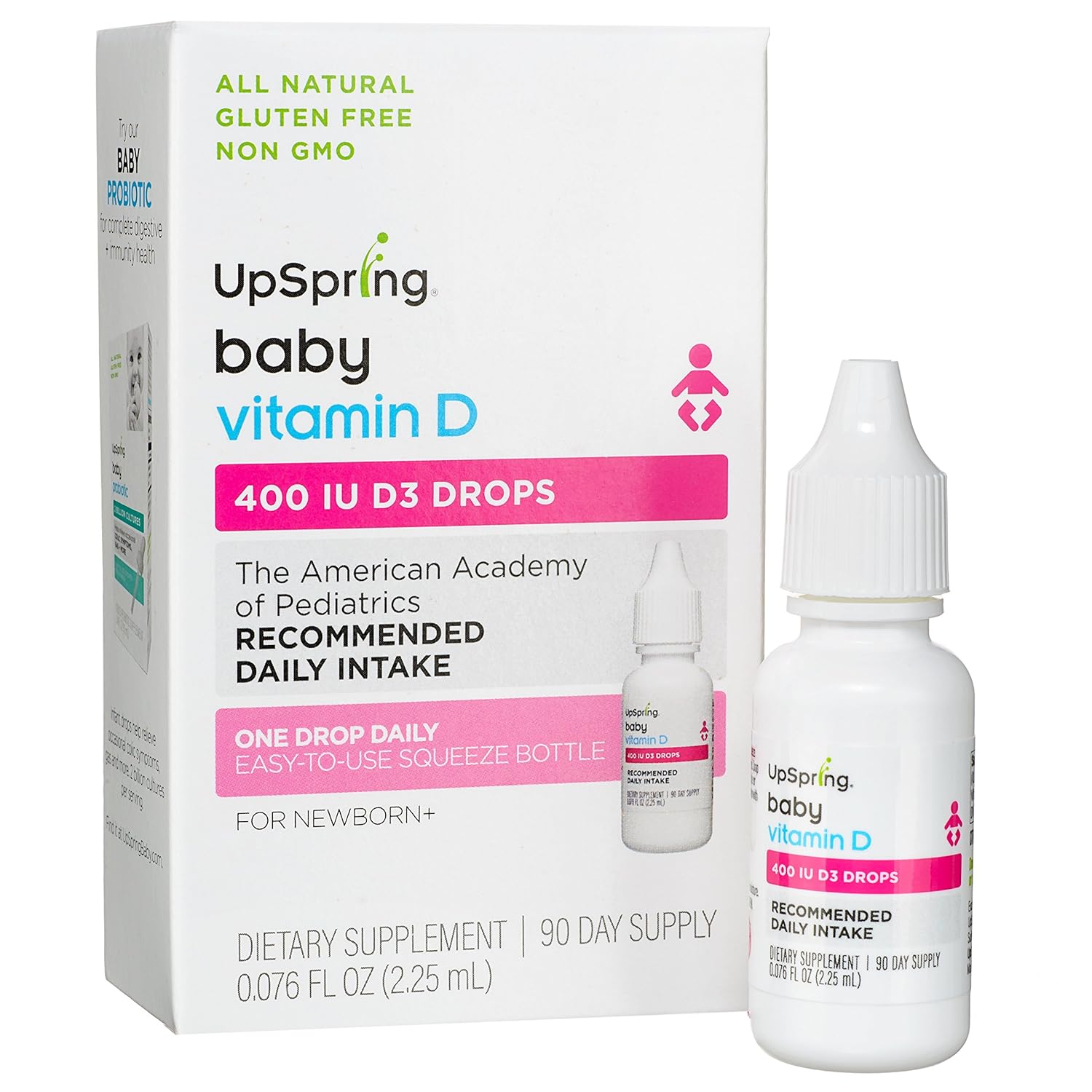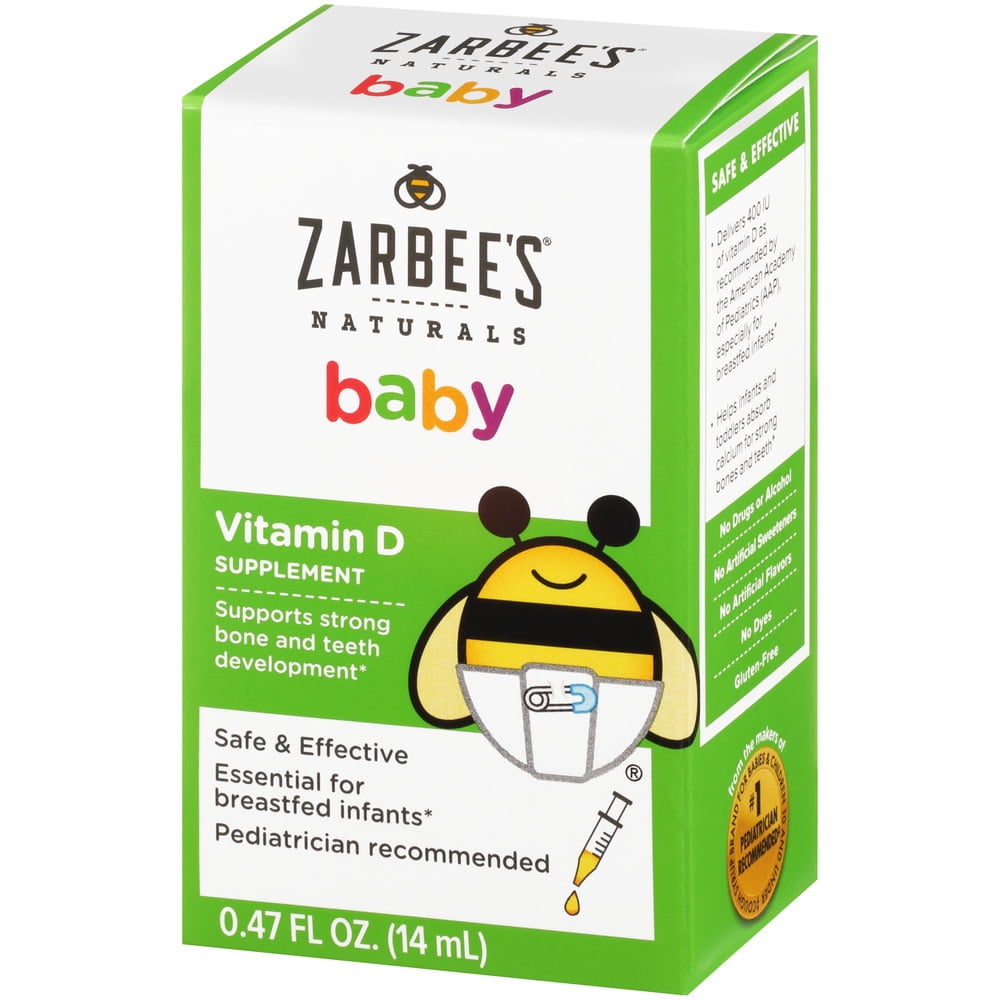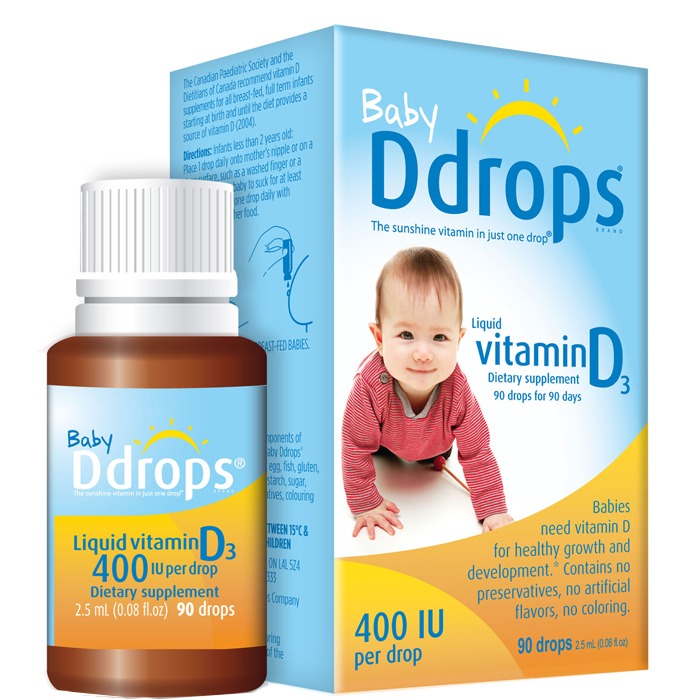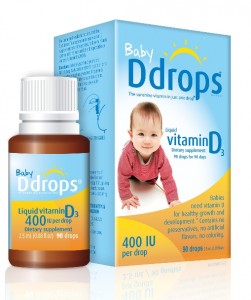
The records of the infants who were born at our hospital between 2018 January and 2019 January and have started VD supplementation (400 IU/day) as drop or spray form in the neonatal period and who used regularly VD during the first year of their life were included in this study. In our retrospective study, 243 medical records of one year- old, healthy infants who were followed up in our well-child outpatient clinic during the first year of life were evaluated. Thus, it will be possible to obtain data about the effectiveness of spray form of VD which provides ease of use especially in children. Therefore, in our study, we aim to investigate whether there is a difference between VD levels of one year aged infants who have been started oral VD supplements (400 IU/day) as spray or drop form in the neonatal period and used regularly in the first year of life.

There is little information in both international and national literature about the effectiveness of spray form VD supplements, especially in children, which are used orally and absorb from the buccal and sublingual mucosa. Apart from supplementation frequency, it has been suggested that the mode of supplementary VD delivery affects bioavailability, release and absorption and unstable compounds decomposition. There are preparations that have been used as drop form in our country for a long time but using as a spray form has become more popular in recent years. The initiation of vitamin D (400 IU/day) supplementation in the neonatal period in our country is a regular application made by the Ministry of Health. Specifically, they recommend supplementing the infants who are exclusively or partially breastfeed with VD of 400 IU/day and for nonbreastfeeding infants consuming <1 L a day of formula, AAP recommended to supplement with the same dose of VD as well. In 2008, the American Academy of Pediatrics (AAP), to prevent rickets, increased their recommended intake of VD for infants to 400 IU/daily.

It has been recommended in guidelines published since 2010 worldwide to apply VD supplements regularly.

VD deficiency is a common problem all over the world, especially in newborns, the prevention of VD deficiency continues to be the priority of health services. VD deficiency is related to some factors, such as less sunlight exposure, insufficient intake of VD and absorption problems. It is a fat-soluble prohormone and a secosteroid produced in the skin after exposure to sunlight.

Vitamin D (VD) is one of the basic structural elements that play an important role in various metabolic pathways that provide many functions that are vital for the organism both directly and indirectly in addition to regulating calcium and phosphorus metabolism. The infants using oral spray form vitamin D supplements have higher VD levels com- pared to oral drop form.


 0 kommentar(er)
0 kommentar(er)
